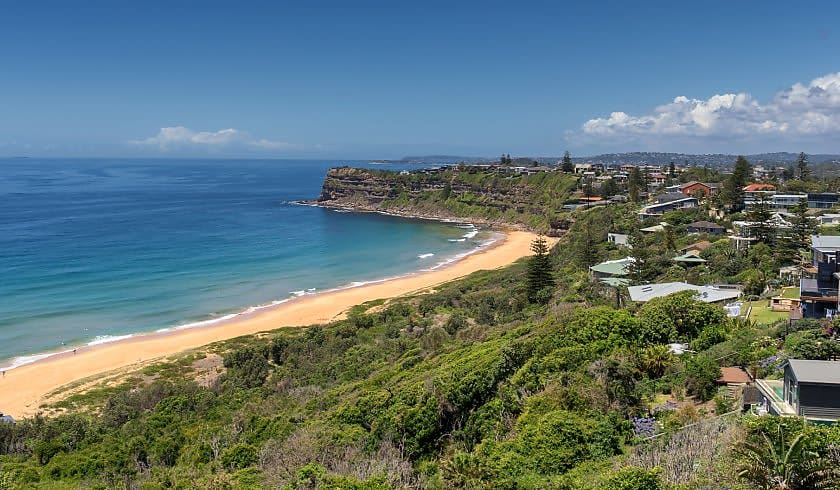The 10 Australian suburbs where everyone’s looking but no one’s selling
Supply is an issue across the country, but some suburbs have it worse than others.

While that’s not good news for buyers who have their hearts set on a particular location, sellers in the area might be in the position to make a good profit — despite damp prices more broadly — if their home falls within the right boundary.
According to data from PropTrack, the suburbs with the greatest difference between buyer enquiries per listing (EPL) and listing volumes over the past 12 months fall almost entirely within Sydney. Only one Queensland locale, in a small Whitsunday pocket, edged out yet another NSW capital market.
The 10 suburbs with the greatest difference between demand and supply are:
- Lane Cove North, NSW, -54 per cent YoY change in listings, 160 per cent YoY change in EPL
- Forest Lodge, NSW, -50 per cent YoY change in listings, 153 per cent YoY change in EPL
- Panania, NSW, -51 per cent YoY change in listings, 91 per cent YoY change in EPL
- Camden South, NSW, -54 per cent YoY change in listings, 82 per cent YoY change in EPL
- North Curl Curl, NSW, -50 per cent YoY change in listings, 93 per cent YoY change in EPL
- Allambie Heights, NSW, -45 per cent YoY change in listings, 129 per cent YoY change in EPL
- Jubilee Pocket, Queensland, -59 per cent YoY change in listings, 73 per cent YoY change in EPL
- Chiswick, NSW, -44 per cent YoY change in listings, 140 per cent YoY change in EPL
- Freshwater, NSW, -40 per cent YoY change in listings, 143 per cent YoY change in EPL
- Belrose, NSW, -43 per cent YoY change in listings, 85 per cent YoY change in EPL
PropTrack economist Anne Flaherty said that while on the face of things Sydney might seem to be dominating, the list actually shows that the great imbalance between supply and demand is occurring in many different markets.
“It’s an interesting mix of suburbs. We’re getting a supply imbalance in more expensive suburbs but also more affordable regions as well,” Ms Flaherty said.
She forecasted more sellers and buyers to come to the market over 2023 as they become confident interest rates have peaked, or at least are nearing that point, and property prices start to gain momentum again.
Sellers might still be waiting, wary of unstable conditions, but the economist predicted that as soon as they see buyers are out in force, vendors will start to return as well.
“Once they see that there’s healthy buyer demand in these areas, home owners might look to capitalise on those improved selling conditions.”
